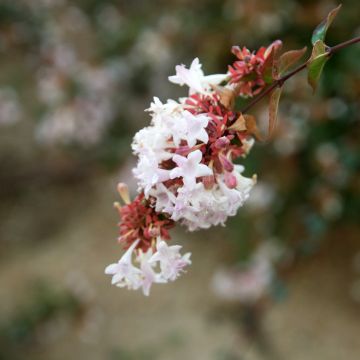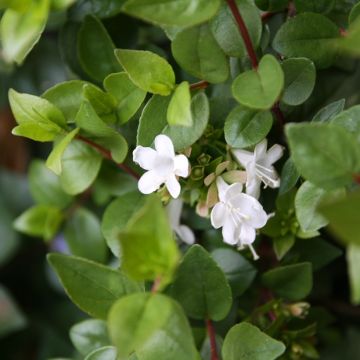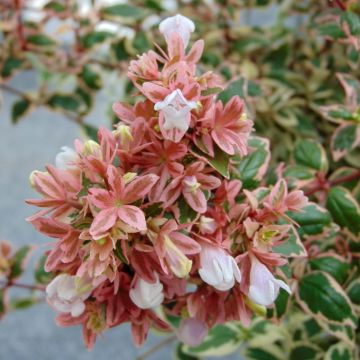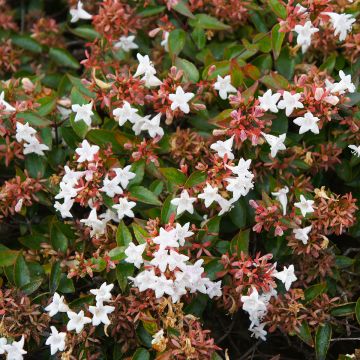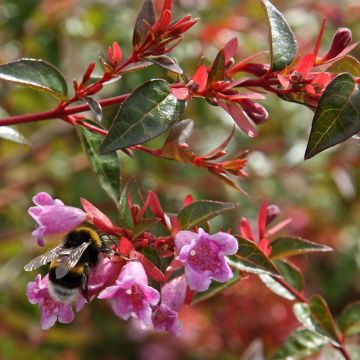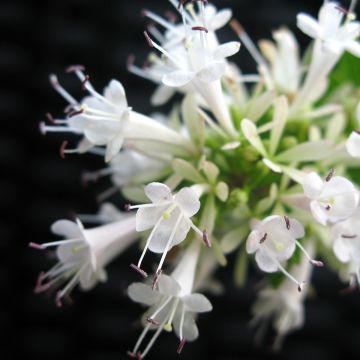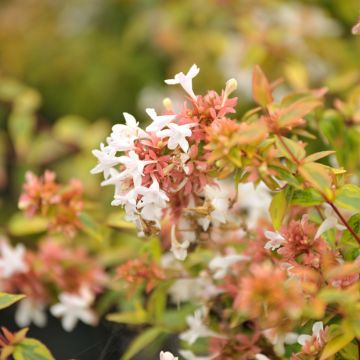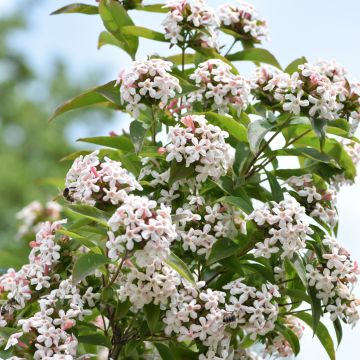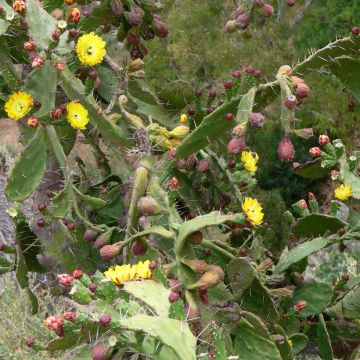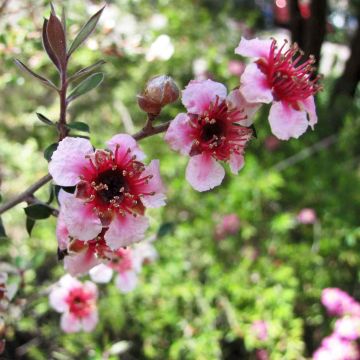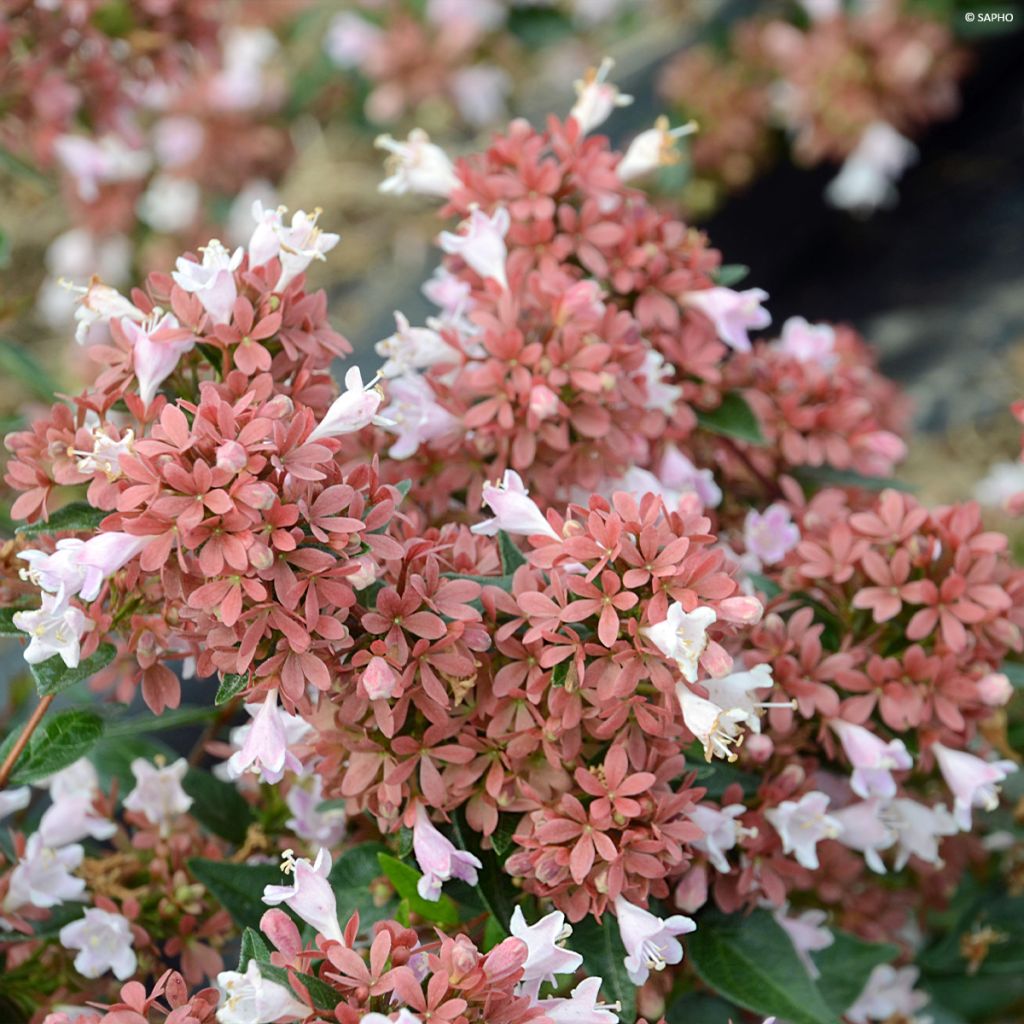

Abelia Raspberry Profusion
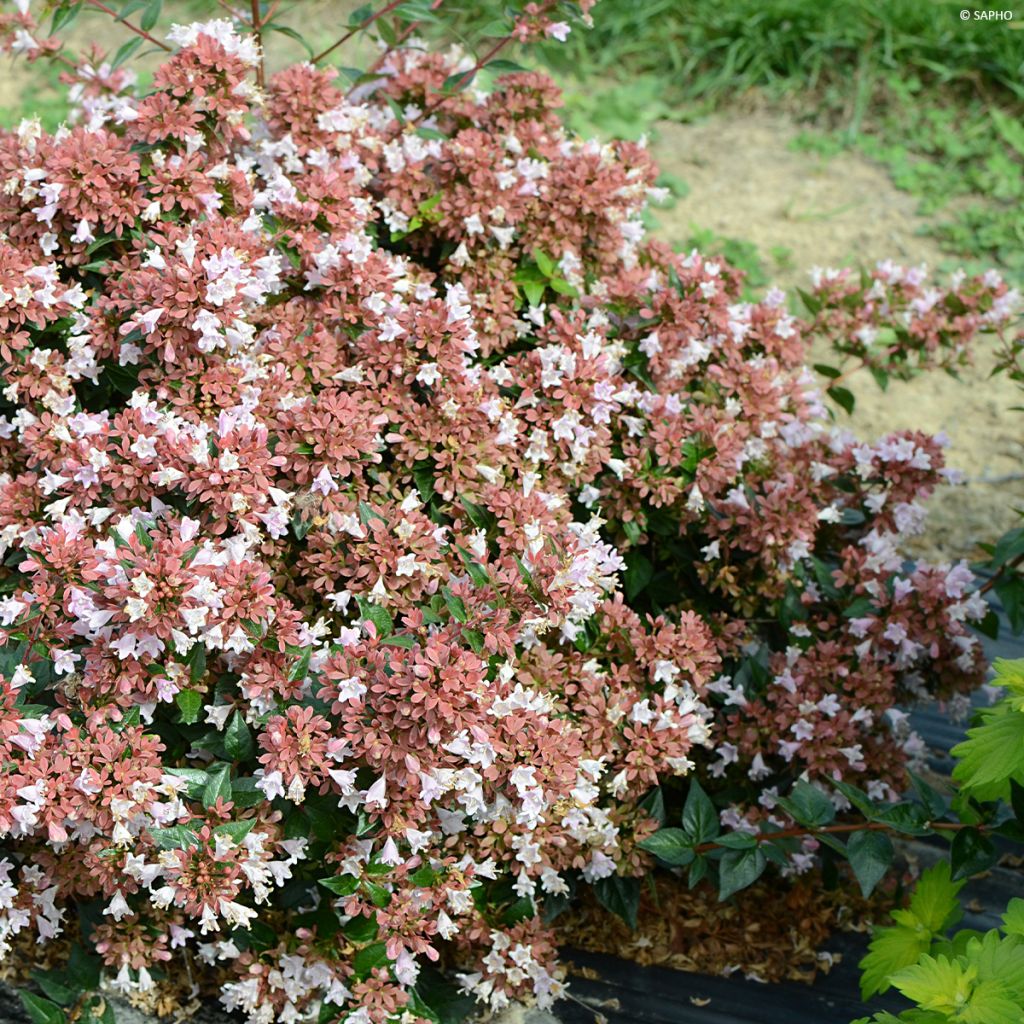

Abelia Raspberry Profusion
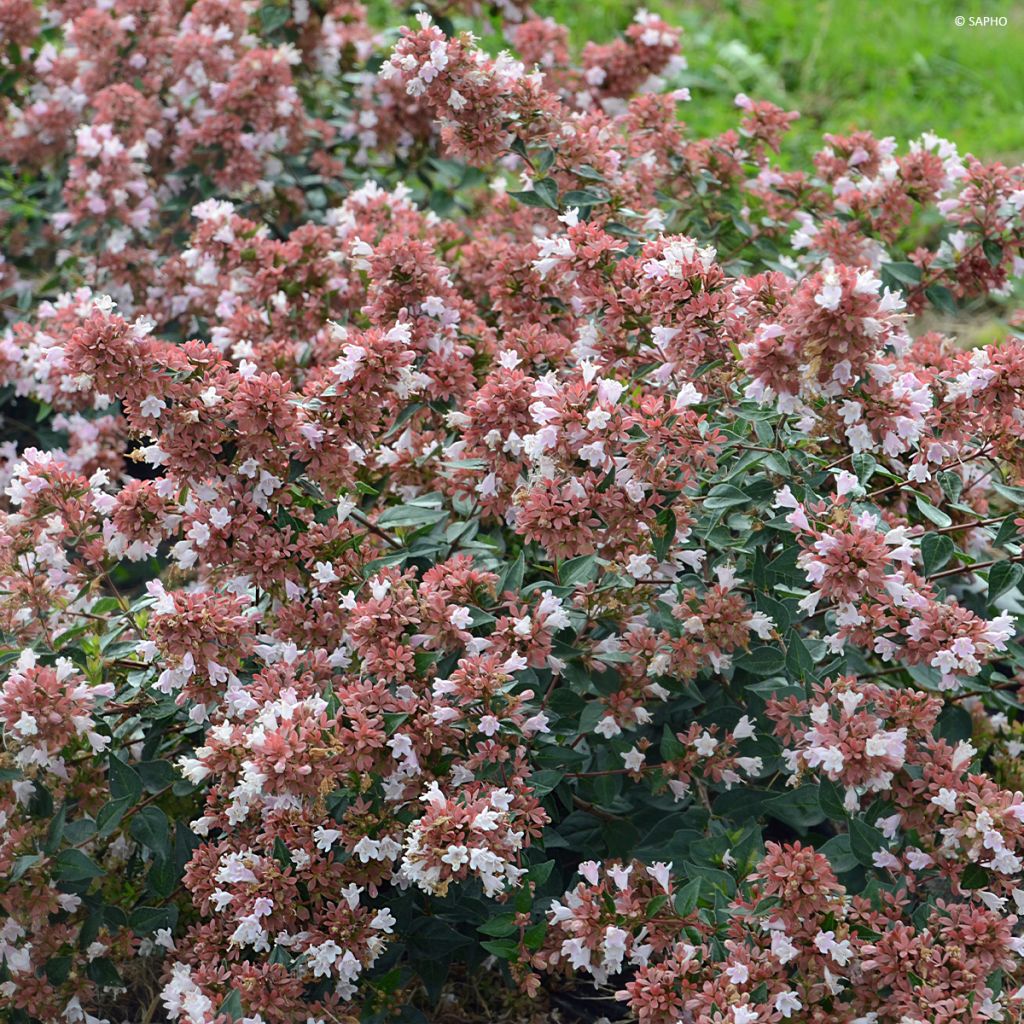

Abelia Raspberry Profusion
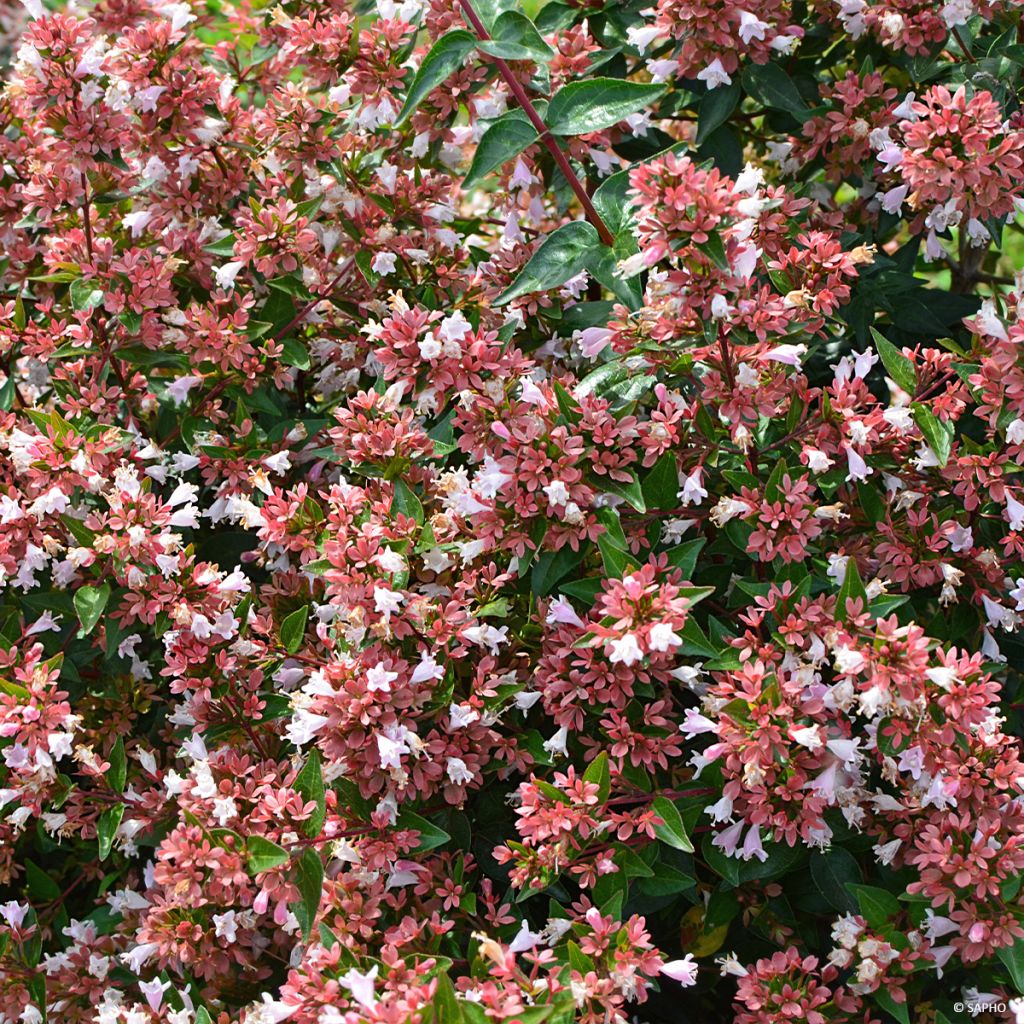

Abelia Raspberry Profusion
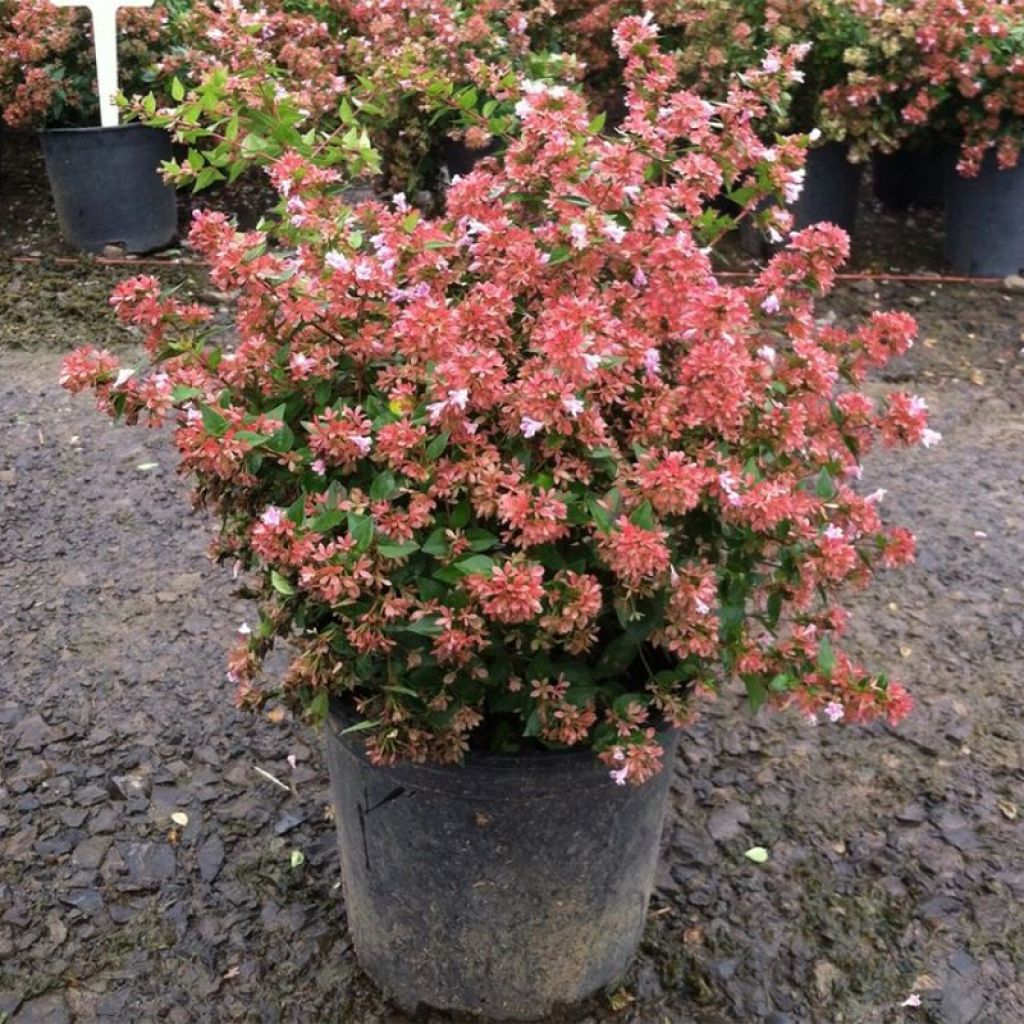

Abelia Raspberry Profusion
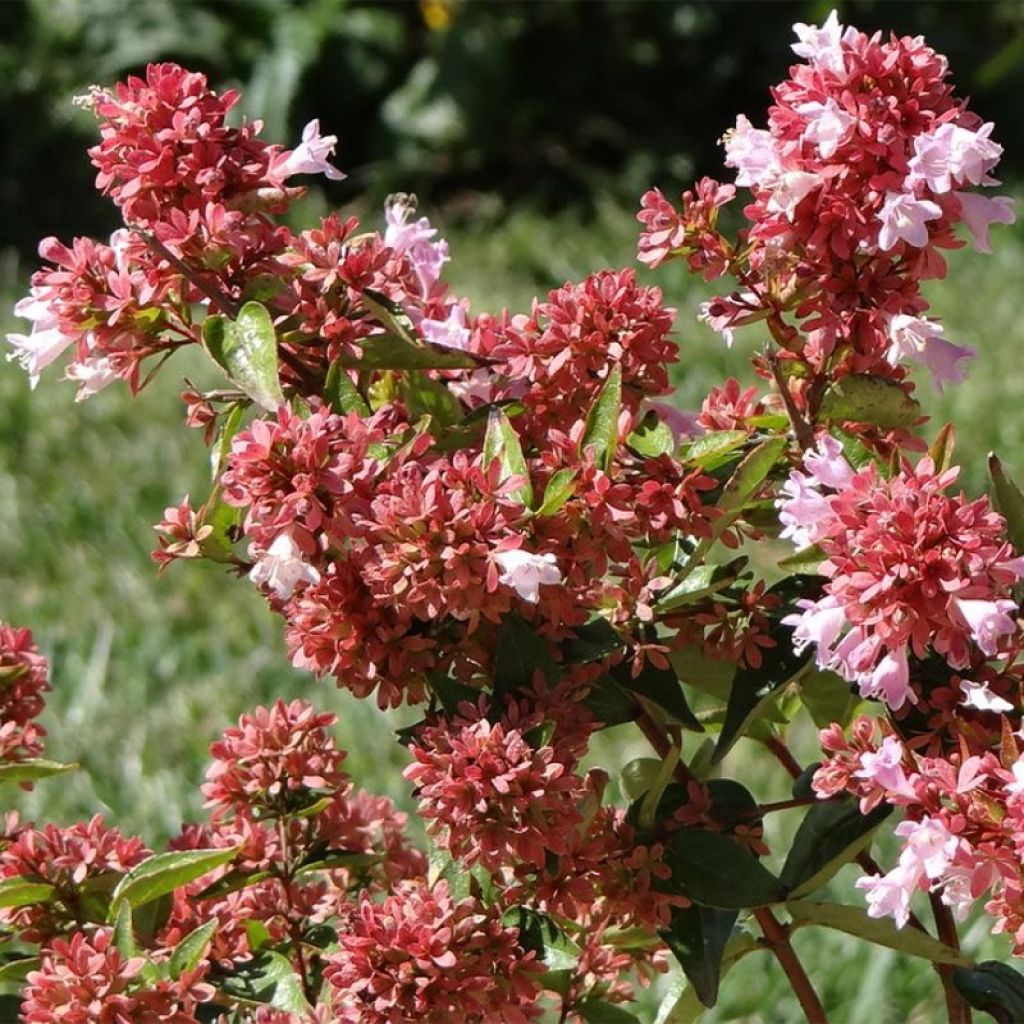

Abelia Raspberry Profusion
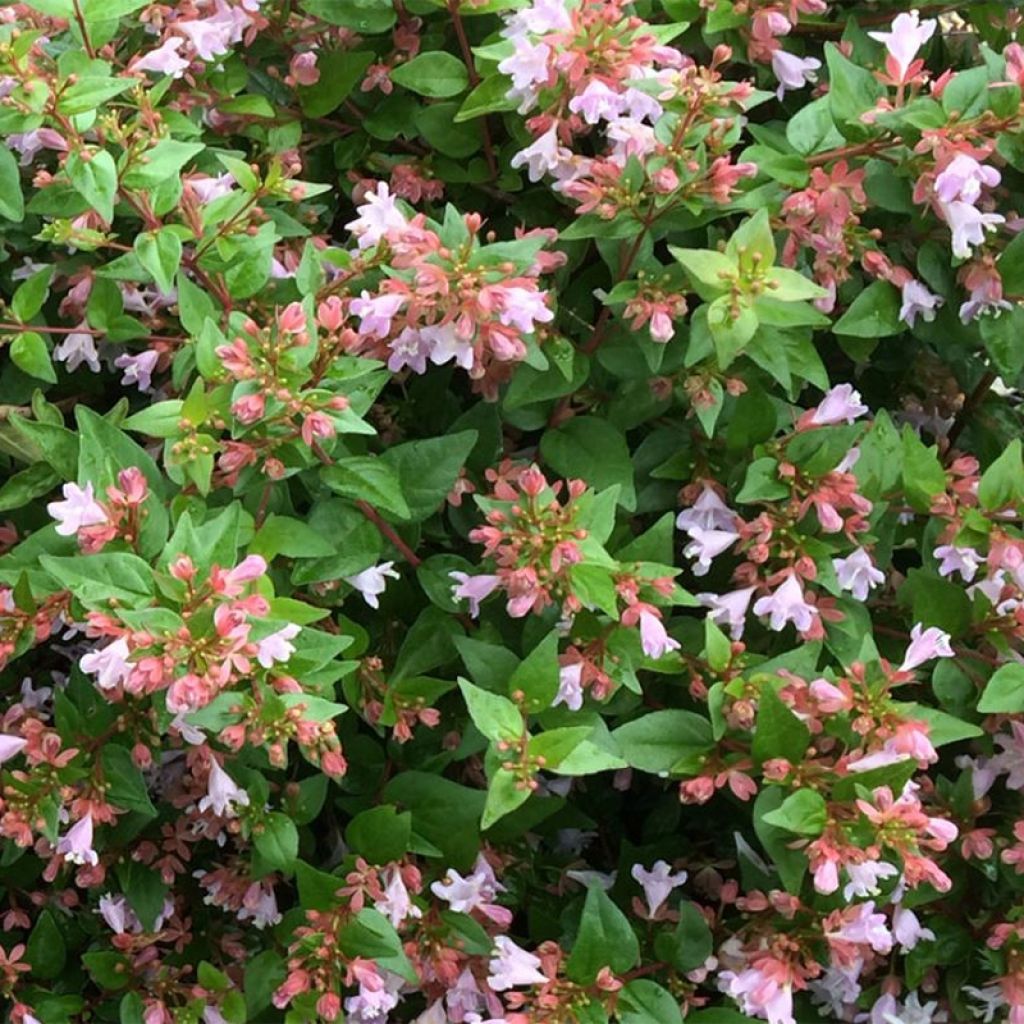

Abelia Raspberry Profusion
Abelia Raspberry Profusion
Abelia x chinensis Raspberry Profusion
Chinese Abelia
Arrived well packaged, very beautiful plant quickly planted. It seems to be off to a good start.
Gilles, 22/05/2025
Special offer!
Receive a €20 voucher for any order over €90 (excluding delivery costs, credit notes, and plastic-free options)!
1- Add your favorite plants to your cart.
2- Once you have reached €90, confirm your order (you can even choose the delivery date!).
3- As soon as your order is shipped, you will receive an email containing your voucher code, valid for 3 months (90 days).
Your voucher is unique and can only be used once, for any order with a minimum value of €20, excluding delivery costs.
Can be combined with other current offers, non-divisible and non-refundable.
Home or relay delivery (depending on size and destination)
Schedule delivery date,
and select date in basket
This plant carries a 24 months recovery warranty
More information
We guarantee the quality of our plants for a full growing cycle, and will replace at our expense any plant that fails to recover under normal climatic and planting conditions.
Would this plant suit my garden?
Set up your Plantfit profile →
Description
Abelia 'Raspberry Profusion' is a remarkably bright and decorative new hybrid variety that flowers for over six months. Forming a wide and bushy dome, this shrub is covered in clusters of flowers, large for an abelia and fragrant, in two shades of pink. Its bell-shaped flowers of mauve pink are set on very decorative raspberry pink sepals that persist on the bush long after the flowers have fallen. The show starts in mid-May and will not end until autumn. A first-class variety, to be displayed at the forefront of large flowerbeds, in a low hedge, or in a large container on the terrace.
Abelia Raspberry Profusion is the result of cross-breeding between the Abelia Edward Goucher, which gave it its compact habit and well-coloured flowers, and the A. chinensis, from which it inherited its fragrance. It is a bush from the caprifoliaceae family. 'Raspberry Profusion' has a dense, compact habit, wider than it is tall. It will not exceed 80-90cm (31.5 - 35.4in) in height with an average spread of 1.20m (3.94 ft). Its growth is rather slow. The long, fragrant flowering begins in mid-May, depending on the region, lasts throughout the summer, and until October, when few shrubs are in bloom. Its countless small funnel-shaped mauve-pink corollas are gathered in panicles. As they fade, they give way to pretty calyxes composed of bracts that change from bright raspberry pink to old pink and are very decorative. The branches of this Abelia bear small, glossy, dark green leaves that persist longer, depending on the severity of the winter: evergreen in the South, deciduous in regions with more pronounced winters. The oval, toothed leaves take on a pinkish hue with the onset of the first cool nights.
The Raspberry Profusion Abelia, in full pink bloom for months, enriches the range of bushes suitable for growing in large pots as well as in small gardens. It can also serve as a ground cover, at the front of flowerbeds or along a path. It can also be grouped with other low-growing bushes such as ground cover roses, Berberis thumbergii 'Atropurpurea Nana', Ceanothus repens or even Genista lydia. This variety, once well established, is resistant to drought and is hardy to about -15°C (5°F) in well-drained soil. It is best grown in pots in cold regions, and protected in winter.
Report an error about the product description
Abelia Raspberry Profusion in pictures
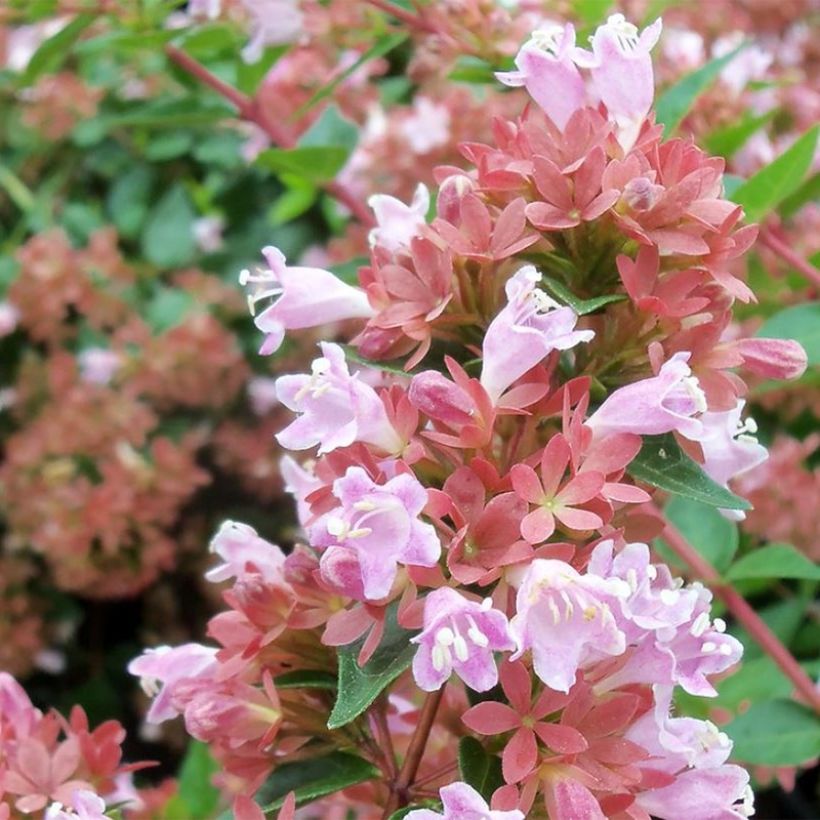

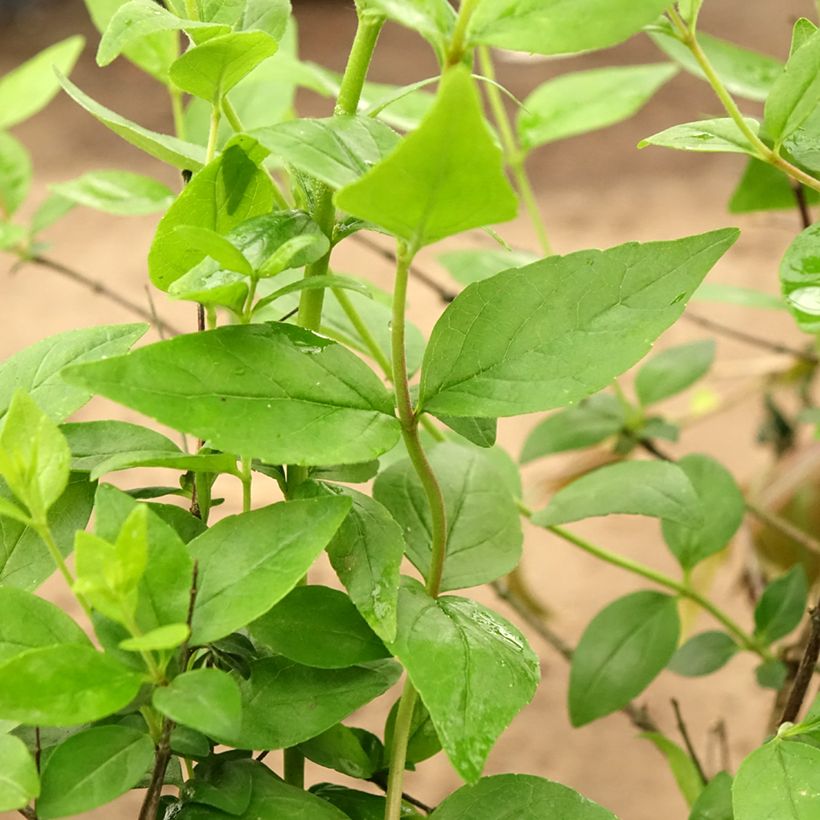

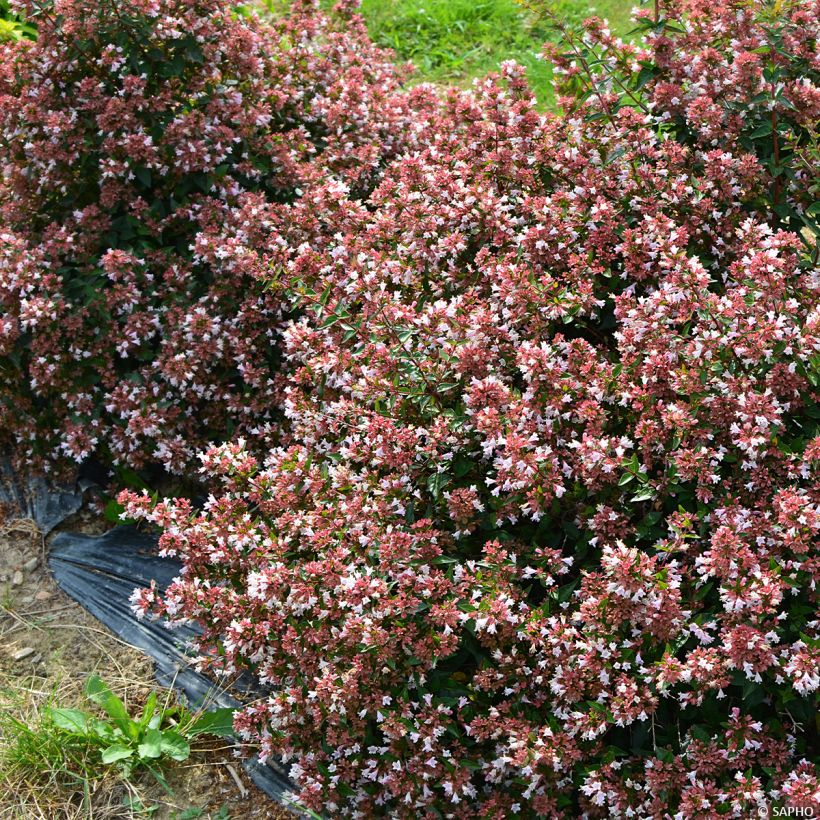

Plant habit
Flowering
Foliage
Botanical data
Abelia
x chinensis
Raspberry Profusion
Caprifoliaceae
Chinese Abelia
Cultivar or hybrid
Other Abelia
View all →Planting and care
Abelia Raspberry Profusion thrives in a sunny or partially shaded position, in a sheltered location if planted on the edge of the hardiness zone. Plant it in spring or early autumn in ordinary, but light, fertile, and well-drained soil. Ideally, plant it in a balanced mixture of compost and garden soil. Easy to grow, it requires little maintenance once well rooted. This plant is resistant to sea spray and winds, but protect it from heavy frosts and cold, dry winds in winter, especially when young. Between February and April, before new growth begins, prune out any diseased or dead wood and keep only vigorous branches to maintain the bush's compact habit. It is not attacked by parasites or predators. This variety can withstand short frosts of around -15°C (5°F), in a sheltered location and well-drained soil. It tolerates drought well in summer, but its flowering will be more generous if the soil remains slightly moist.
Planting period
Intended location
Care
-
, onOrder confirmed
Reply from on Promesse de fleurs
Similar products
Haven't found what you were looking for?
Hardiness is the lowest winter temperature a plant can endure without suffering serious damage or even dying. However, hardiness is affected by location (a sheltered area, such as a patio), protection (winter cover) and soil type (hardiness is improved by well-drained soil).

Photo Sharing Terms & Conditions
In order to encourage gardeners to interact and share their experiences, Promesse de fleurs offers various media enabling content to be uploaded onto its Site - in particular via the ‘Photo sharing’ module.
The User agrees to refrain from:
- Posting any content that is illegal, prejudicial, insulting, racist, inciteful to hatred, revisionist, contrary to public decency, that infringes on privacy or on the privacy rights of third parties, in particular the publicity rights of persons and goods, intellectual property rights, or the right to privacy.
- Submitting content on behalf of a third party;
- Impersonate the identity of a third party and/or publish any personal information about a third party;
In general, the User undertakes to refrain from any unethical behaviour.
All Content (in particular text, comments, files, images, photos, videos, creative works, etc.), which may be subject to property or intellectual property rights, image or other private rights, shall remain the property of the User, subject to the limited rights granted by the terms of the licence granted by Promesse de fleurs as stated below. Users are at liberty to publish or not to publish such Content on the Site, notably via the ‘Photo Sharing’ facility, and accept that this Content shall be made public and freely accessible, notably on the Internet.
Users further acknowledge, undertake to have ,and guarantee that they hold all necessary rights and permissions to publish such material on the Site, in particular with regard to the legislation in force pertaining to any privacy, property, intellectual property, image, or contractual rights, or rights of any other nature. By publishing such Content on the Site, Users acknowledge accepting full liability as publishers of the Content within the meaning of the law, and grant Promesse de fleurs, free of charge, an inclusive, worldwide licence for the said Content for the entire duration of its publication, including all reproduction, representation, up/downloading, displaying, performing, transmission, and storage rights.
Users also grant permission for their name to be linked to the Content and accept that this link may not always be made available.
By engaging in posting material, Users consent to their Content becoming automatically accessible on the Internet, in particular on other sites and/or blogs and/or web pages of the Promesse de fleurs site, including in particular social pages and the Promesse de fleurs catalogue.
Users may secure the removal of entrusted content free of charge by issuing a simple request via our contact form.
The flowering period indicated on our website applies to countries and regions located in USDA zone 8 (France, the United Kingdom, Ireland, the Netherlands, etc.)
It will vary according to where you live:
- In zones 9 to 10 (Italy, Spain, Greece, etc.), flowering will occur about 2 to 4 weeks earlier.
- In zones 6 to 7 (Germany, Poland, Slovenia, and lower mountainous regions), flowering will be delayed by 2 to 3 weeks.
- In zone 5 (Central Europe, Scandinavia), blooming will be delayed by 3 to 5 weeks.
In temperate climates, pruning of spring-flowering shrubs (forsythia, spireas, etc.) should be done just after flowering.
Pruning of summer-flowering shrubs (Indian Lilac, Perovskia, etc.) can be done in winter or spring.
In cold regions as well as with frost-sensitive plants, avoid pruning too early when severe frosts may still occur.
The planting period indicated on our website applies to countries and regions located in USDA zone 8 (France, United Kingdom, Ireland, Netherlands).
It will vary according to where you live:
- In Mediterranean zones (Marseille, Madrid, Milan, etc.), autumn and winter are the best planting periods.
- In continental zones (Strasbourg, Munich, Vienna, etc.), delay planting by 2 to 3 weeks in spring and bring it forward by 2 to 4 weeks in autumn.
- In mountainous regions (the Alps, Pyrenees, Carpathians, etc.), it is best to plant in late spring (May-June) or late summer (August-September).
The harvesting period indicated on our website applies to countries and regions in USDA zone 8 (France, England, Ireland, the Netherlands).
In colder areas (Scandinavia, Poland, Austria...) fruit and vegetable harvests are likely to be delayed by 3-4 weeks.
In warmer areas (Italy, Spain, Greece, etc.), harvesting will probably take place earlier, depending on weather conditions.
The sowing periods indicated on our website apply to countries and regions within USDA Zone 8 (France, UK, Ireland, Netherlands).
In colder areas (Scandinavia, Poland, Austria...), delay any outdoor sowing by 3-4 weeks, or sow under glass.
In warmer climes (Italy, Spain, Greece, etc.), bring outdoor sowing forward by a few weeks.






























